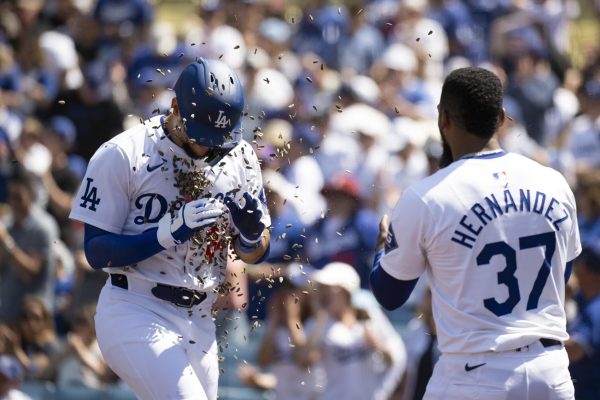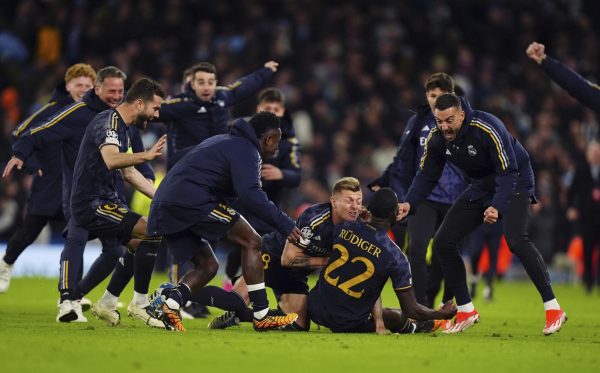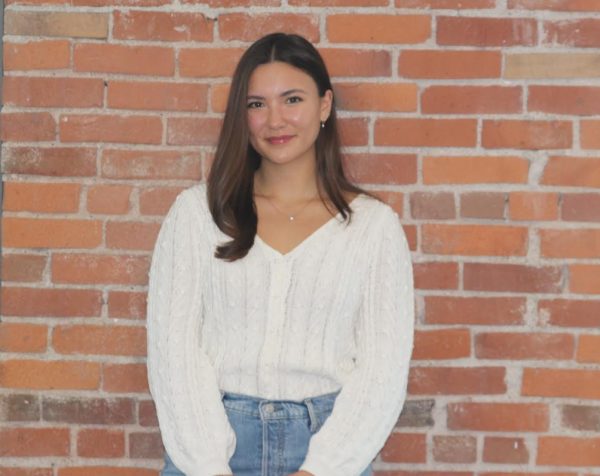The Return to Sports: What Worked and What Didn’t
Professional sports have finally made their way back into our living rooms after a long hiatus due to the COVID-19 pandemic. And with this, there is a new normal for every professional sports league. No fans, pumped-in crowd noise and socially-distanced high-fives and celebrations have become the new norm in 2020. There wasn’t just one route taken to restart professional sports; different leagues had different plans and tactics, and some worked better than others.
We’ll start with the bubble strategy. The bubble became a popular idea during the peak of coronavirus as a means of restarting some of our leagues. Two notable leagues to take this idea up were the NBA and the NHL. The NBA bubble is being played in Orlando, Florida, where 22 of the 30 NBA teams were invited to conclude their regular season, which dwindled down to 16 teams for the playoff race. The NHL split their league into two bubbles, one in Edmonton and one in Toronto, making its way back to where hockey first originated. They invited 24 of their 31 teams to compete for Lord Stanley’s coveted cup.
The bubble strategy has been a massive success in my opinion. Both bubbles have managed to stay COVID-free for a long period of time. This has proven to be the strategy to restart sports. The players have no outside contact, get tested regularly and follow the rules. It’s pretty simple, and these leagues have done a great job in navigating unknown waters. The bubble has also been fun, especially in the NBA. It has a certain vibe to it almost as if it’s a completely new world. The Suns went 8-0 and still missed the playoffs, Damian Lillard had 153 points in three games on his way to a bubble MVP and Lebron was complaining about there not being any fans, which was apparently affecting his play. Paul George is also speaking out about mental health and how it’s been hard for a lot of players to be away from their families. It’s weird. It’s different. But it’s been so much fun to watch.
In my opinion, the MLB did a poor job. Baseball is a summer sport — it’s played outdoors, and players on the field are typically more than socially distanced from each other. Rob Manfred and the MLB players couldn’t come to an agreement for what seemed like months out of pure greed on the owners’ parts. The owners wanted to play fewer games with only a certain percentage of prorated salaries, and the players wanted to play more games with full prorated salaries. When it came down to it, it was an argument between billionaires and millionaires with each side unwilling to budge. So baseball didn’t start back up until July 24 when many expected a July 4 restart.
The MLB has its players travelling to other ballparks and have not created a bubble. This has also turned out poorly. The MLB has had to postpone 42 games because of COVID–19, and there have been outbreaks on multiple teams such as the Miami Marlins and the St. Louis Cardinals. The MLB leadership is poor, and they did a subpar job at restarting their league in what could have been an intriguing opportunity to make baseball relevant again because so many Americans were at home with lots of time on their hands and no sports.
Golf is back, UFC is back and tennis is also back with the 2020 US Open being played right now. The NFL will be coming back in just a few days, and many are concerned about the league’s protocols and how it will keep COVID-19 away from players and staff. They’ve seen what the NBA, NHL and MLB have done — both successfully and unsuccessfully — and will look to implement a plan to keep the football season alive.











Nicola Pugliese • Sep 14, 2020 at 12:24 pm
Well written and researched article! Thank you!